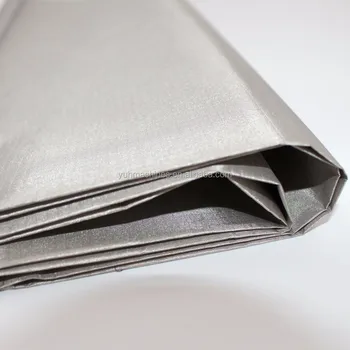How long Should I Keep From your 5G Mobile phone Tower?

In how to block emf from cell phone that you? ve at any time strolled through the community, you may have got spotted small micro 5G cell towers on street light-weight poles. These seem like small containers, but they? re also really transmitting wireless signals from cellular carriers to your current phone.

These more compact, purpose-built cell podiums are replacing larger, purpose-built ones. When less obvious, these people may nevertheless present issues for folks.
The FCC? s The radiation Exposure Thresholds
The particular Radiation Exposure Thresholds of the FCC establish the risk-free distance from which in turn a person might be exposed to electromagnetic radiation from cellular devices. The exposure limitations are centered on scientific evidence indicating that RF energy may get hazardous to individuals health.
The precise intake rate (SAR) quantifies the radiofrequency strength absorbed by tissue. It is normally 1. 6 watts per kilogram, proportioned across one gram of tissue.
Even so, since https://telegra.ph/How-to-Wear-Clothes-in-order-to-avoid-EMF-03-20 at higher eq, it may induce more energy power for the skin in addition to other immediately uncovered body parts. This might result in some sort of variety of probable consequences, such because the accelerated development of skin ailments such as eczema, skin cancer, and cataracts.
Due of the potentially serious consequences of 5g radiation, PSU offers opted to can charge a general localized power density restriction of 4 mW/cm2 averaged over one cm2, and not to exceed 35 minutes, for all 5G services at 3 thousands GHz. This restricted limit is consistent with the maximal spatial-average SAR involving 1. 6 W/kg averaged across one g of cells at 6 GHz.
The FCC? s Maximum Exposure Thresholds
If you've ever before used a cellular phone, you surely be aware that a person must be at the least 400 meters away from the tower for protection. This is owing to the fact that the tranny strength of the cellular tower grows significantly with distance.
Although this may seem to be just like a wonderful idea, the fact is that individuals living near to podiums may be additional prone to health issues. A 2014 research in Of india, for instance, indicated that persons who resided within fifty meters of mobile phone towers had greater health concerns as compared to those who existed farther away.
Yet, this research furthermore revealed that symptoms returned to typical in a few days and nights for persons which relocated to areas distant from cellular towers. Several experiments have indicated of which exposure to substantial amounts of radiofrequency electromagnetic fields (EMFs) may well induce cancer, mind tumors, and additional health concerns.
RF radiation, which will be used in cellular communication, may enter the outermost coating of the human body, the skin. The skin functions while a protective barrier against mechanical harm, infection by pathogenic bacteria, and the particular admission of dangerous chemicals. It will be responsible for protecting the integrity of other organs and it is the biggest body organ within the human entire body.
Minimum Exposure Thresholds of the FCC
The FCC's Minimum Exposure Thresholds derive from a number involving unsupported scientific assumptions. They add the wrong notion that short-term exposures to RF radiation are safe outstanding to low transmission into the body (i. e., tissues heating) (i. electronic., tissue heating).
Additionally, the assumption disregards the deeper transmission with the ELF pieces of modulated RF signals and the effects of brief warmth bursts from pulsed RF waves. These kinds of assumptions do not arrange with the current knowledge of the particular biological effects associated with RF radiation; therefore, they should not be utilized to set up health-protective exposure limitations.
In addition , the ICNIRP and FCC confine their maximum coverage limits to area peak SARs centered on the top spatial specific intake rate (psSAR), which can be an insufficient dosimetric technique for considering the degree of RF the radiation exposure. Specifically, psSAR is incorrect in frequencies greater as compared to 6 GHz. Furthermore, psSAR will not be researched for RF radiation with co-exposure to other environmental factors such as sun. Interactions between radiofrequency (RF) radiation plus other environmental aspects may have antagonistic or synergistic results. This would increase the likelihood of hazardous health outcomes. Co-exposure to RF the radiation and sunshine, for instance, may boost the risk of epidermis cancer and intensify other skin circumstances, like acne.
